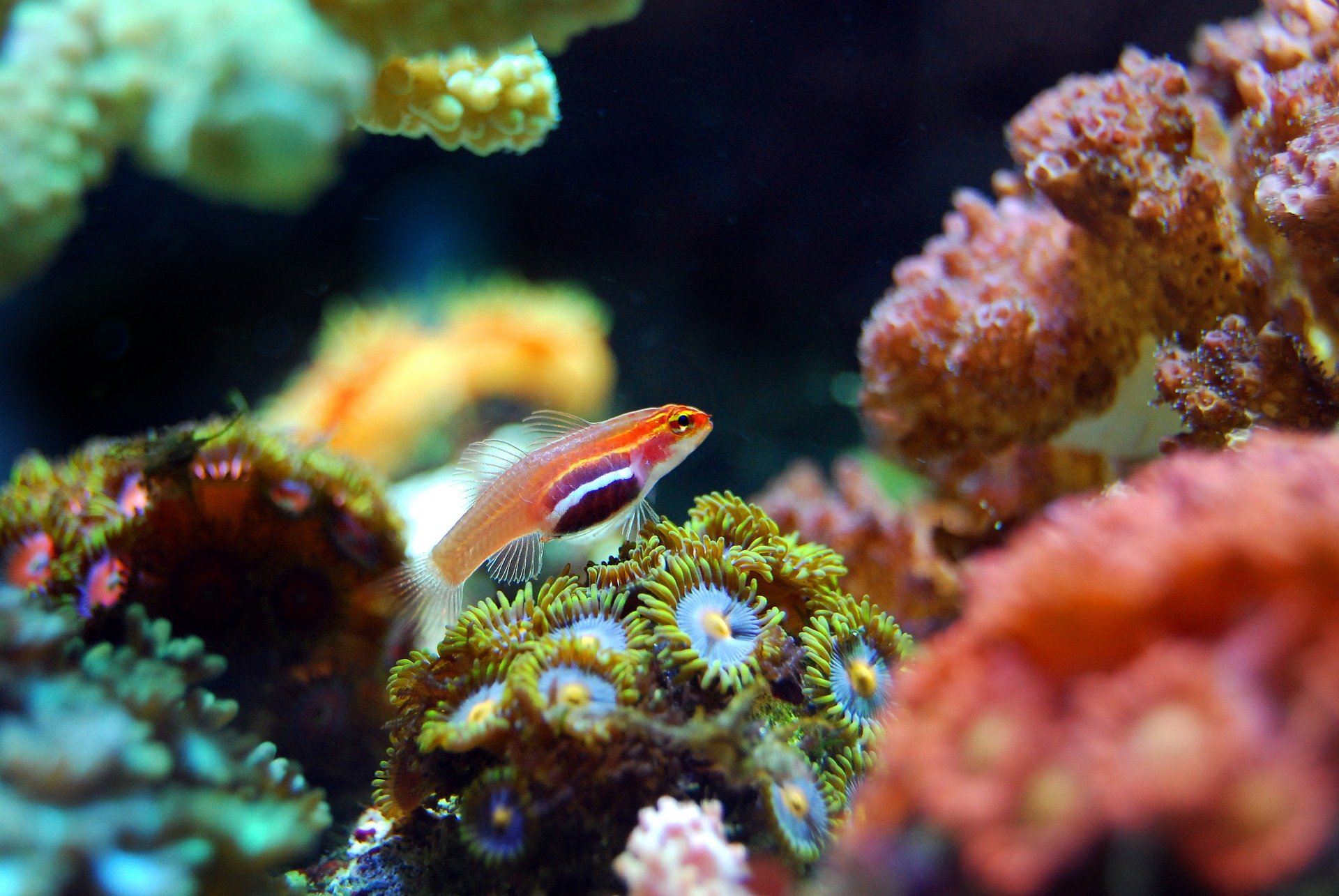With biodiversity in near-freefall and the very fate of humanity at stake, the built environment must be fundamentally reimagined. IUCN Urban Alliance Head Russell Galt explains how vivid inspiration can be drawn from life below water.
He dreamed of vegetal cities
A decade ago, I met the visionary artist Luc Schuiten at his ‘Vegetal City’ exhibition in Brussels, Belgium. He dreamed of urban utopias inspired by nature: biophilic communities bustling with biodiversity; biomimetic buildings sprouting from the soil. His botanical designs were wildly futuristic and fanciful but they stuck with me. In the years since then, I have often wondered, could cities ever give more to nature than they take from it?
Cities under the sea
Any recreational diver knows the value of a shipwreck. Barnacles, corals, oysters and algae readily colonise its hard surfaces. They provide feeding, breeding, spawning and nursery grounds for fish and other mobile organisms which, in turn, attract larger predators. By functioning as artificial reefs, shipwrecks can engender dramatic increases in local biodiversity and ecological productivity. Marine resource managers understand this well and actively deploy artificial reefs—usually in the form of construction debris or purpose-built systems—to replenish fish stocks and promote ecotourism.
If built infrastructure can support thriving underwater ecosystems, can it achieve similar feats on land?

Artificial reefs and urban buildings have some similarities (e.g. the effect of increasing colonisable surface area) but their intended purposes are rather different. The former serves to enhance human life indirectly by enhancing marine life. The latter serves to enhance human lives directly. Such exclusive anthropocentrism manifests in urban architecture, planning and design. Rows of steel spikes prevent birds from perching on window sills, impenetrable walls block hedgehogs from wandering between private gardens, and woe betide the intrepid seedling that springs up between paving stones! Must the built environment be so outwardly hostile to wildlife?
Glimpses of a greener future
A global community of architects, urban planners, ecologists and developers are transcending disciplines and challenging conventions to advance the concept of ecological urbanism (see box 1). Fermenting ideas on forums such as The Nature of Cities, they have begun experimenting with materials, patterns and techniques to reimagine the built environment in harmony with the natural world.
In Milan, Italy, Stefano Boeri’s famous Vertical Forest (“il Bosco Verticale”) provides a stunning glimpse of a nature-rich urban future. Designed with horticulturalists and opened in 2014, it comprises two 27-storey residential tower blocks adorned with over 800 trees. They purify air, capture carbon, foster psychological wellbeing and promote biodiversity: dozens of bird and pollinator species have been spotted interacting with the Vertical Forest.
The success of the project has inspired new developments, notably the Forest City Project in Liuzhou, China, where a complex of offices, houses, hotels, hospitals and schools will be cloaked with trees, shrubs and cascading plants. The development is expected to house 30,000 people and absorb 10,000 tons of CO2 and 57 tons of pollutants per year while producing 900 tons of oxygen.
From New York’s Highline to Vienna’s Living Garden, ecological urbanism is manifesting in impressive forms. Yet, these iconic structures are still exceptions, not the norm. The ecological tenets of naturalness, structural diversity and habitat connectivity are yet to transform entire cityscapes. In the greenest of cities, living walls, green rooves and wildlife boxes can appear more tokenistic than de facto, while grass monocultures still dominate greenspace. A challenge for government, business and civil society is to take ecological urbanism to scale. This will require strengthening policy frameworks, enhancing cost-effectiveness, and touting the benefits. The sprawling cities of the Global South must not be left behind.
The UK Government may yet set an example. It is considering a proposal to make “biodiversity net gain” compulsory for all new developments. If enacted into law, developers would be held to actually enhance the natural environment. This would drive innovation in biophilic design and deliver ecological urbanism on a scale never seen before. Perhaps Luc Schuiten’s visions were not so far-fetched after all!
From nemesis to redeemer
The collapse of insect populations, mass bleaching of coral reefs and record-breaking temperatures are symptoms of a planet in peril. As an emergent phenomenon of geological proportions, urbanisation has the profound potential to ameliorate or exacerbate the global ecological emergency. That is why environmental organisations such as the International Union for Conservation of Nature (IUCN) are pivoting towards our collective urban future (see box 2).
If urbanisation is unstoppable, it must accommodate nature. The prevailing car-people-nature hierarchy must be flipped upside down. Every wall, rooftop, road verge, park, allotment and cemetery must be put to use. Every building should function as an artificial reef festooned with foliage and babbling with birdsong. Biodiversity must be woven into the urban fabric, turning grey infrastructure green and enabling citizens to feel as meaningfully connected to nature in the city as they would in the wilderness.
By doing so, we will not only hand lifelines to species that would otherwise disappear; we will build healthier, happier and hardier societies that value and conserve nature.
